Part 1: Cities Burn… The Holocaust from Warszawa, PL to Berlin, GE
|
|
Again the Polish rebelled in 1944, in a battle that is referred to as the Warsaw Uprising. With the Soviet army approaching Warszawa, the Polish Resistance Home Army planned the largest major European uprising against the Nazis during World War II. The Polish forces, outgunned, starved, and exhausted was anticipating support from the red army once they arrived. For 63 days the Polish resistance fought the Nazis, and for 63 days the Soviet army, with an airbase only a five minute flight away, refused to advance. The result was 40,000 Polish casualties, 27,000 Nazi casualties, ~200,000 civilian casualties, and 700,000 civilians fled or were expelled from the city- 25% of the city was levelled to the ground. The Nazis were victorious and the resistance movement ultimately failed.
|
“The city must completely disappear from the surface of the Earth…No stone can remain standing. Every building must be razed to its foundation.”
|
For this reason, most of what is seen in modern day Warszawa is a city completely rebuilt by the Soviet Union between the 1950’s and 1980’s. This is why Warszawa, despite being an old city, is one of the youngest World Heritage sites (given this title in 1980). All of the buildings that are seen in old town are reconstructions based on old photographs, paintings, and personal accounts. Many of the buildings, upon being rebuilt, were modified to suit communist ideologies. Churches lack stained glass, statues of the Virgin Mary hold baskets instead of the baby Jesus, the ornate style of baroque found in most European cities is dumbed down or completely not present.
|
|
The flames from the ensuing fire were so hot that many buildings not directly struck by bombs still collapsed into rubble. The heat from the flames caused the bricks in the buildings to expand and as the bricks cooled, they contracted and the buildings collapsed in on themselves. Bricks that fell from buildings were inventoried. Those that could be salvaged were kept and put in their original location during the rebuilding process. Those that could not be salvaged were replaced by new bricks. The end result is buildings that have a patchwork of bricks- the old bricks, still black and charred from the flame.
|
|
Berlin was to house the capitol of the Nazi regime and contained the private bunker of Adolf Hitler and the main headquarters of the SS. During the war, Berlin was the target of over 360 bombing raids by the United States, the British, and the Soviets. As a result, the city’s population nearly halved over the course of World War II. Hitler, understanding that the Nazi war effort was all but defeated, became a recluse- confined to his bunker for much on 1945. In his final days, he
|
|
became paralyzed by fear and paranoia and he lost part of his vision. Understanding that his capture would likely result in his body being desecrated and dragged through town, he killed himself via cyanide and a self-inflicted gunshot wound to the head on April 30, 1945 and ordered his body to be incinerated.
|
|
After WWII, Germany was split into two countries, East Germany (German Democratic Republic) controlled by the Soviet Union and West Germany (Federal Republic of Germany) controlled by France, UK, and USA. Tensions escalated and eventually on August 13, 1961, construction of the Berlin Wall began; splitting Berlin in two. The wall was used as propaganda on both sides- the West claiming it was a ‘wall of shame’ manufactured by the communists that was meant to tear the city apart, and the East claiming it was a protectant from the Nazis located in the West. The West of course, claimed that the Nazi influence had perished since the liberation from the West. The East claimed that all of the civilians on their side were communists and thus could not be fascist Nazis. Refusing to accept that either side contained Nazis and insisting that one side was guiltier than another became a propaganda tactic for claiming superiority during the cold war. In the meantime, to operate the cities, many of the people that served as judges, scientists, investigators, teachers, police offers, etc… for the Nazi regime kept on doing the same work after the war that they had done for the Nazi regime during the war.
|
Thank you for your summary!
We all owe so much to those who fought against Natzism and the Germans! By disseminating this information, we pay tribute to the victims of Natzism, and to those who fought against it.
My parents were among those who fought against it; and their families were among the victims.
Lili,
Thank you so much for the kind words. It is my sincere hope that people take these occurrences from the past to heart when they are considering the decisions they make today. There are many lessons to learn from our history. Reflecting on the atrocities and genocides caused by bigotry and hatred is perhaps one of the most important practices we can conduct as humans. Prejudice, violence, and inequality are constant phenomena and must always be confronted. By studying the continuum of inequality that persists ubiquitously in cultures all over the world, perhaps we can curtail the perpetuation of the myth of racial superiority/ inferiority and build a more cohesive and just unity with our neighbors.
Importantly, it is also crucial to study how communities have healed and adjusted after confronting these prejudices. This helps us understand how to build a better today and a better tomorrow. I suggest you read my follow up blog on Germany in addition to other blogs about how science is helping communities come together to discuss ideas on how to build a more economically, ecologically, racialy, and religiously just Earth.
Leave a Reply.
Science /ˈsīəns/
verb
the act of partaking in, learning about, or teaching about the systematic study of the structure and behavior of the physical and natural world through observation and experiment.
"We're gonna science the Hell outta this thing!"
Bradley Lusk, PhD
I have embarked on a mission to bridge cultures through science and human discovery. For this mission, I will be visiting innovators, entrepreneurs, and game changers around the world to bring you perspective on how logic and innovation unite our planet in a quest for knowledge.
Join me as we science
one individual,
one community,
one Earth at a time.
Archives
July 2018
June 2018
October 2017
April 2017
January 2017
December 2016
November 2016
October 2016
September 2016
August 2016
July 2016
June 2016
February 2015
January 2015
December 2014

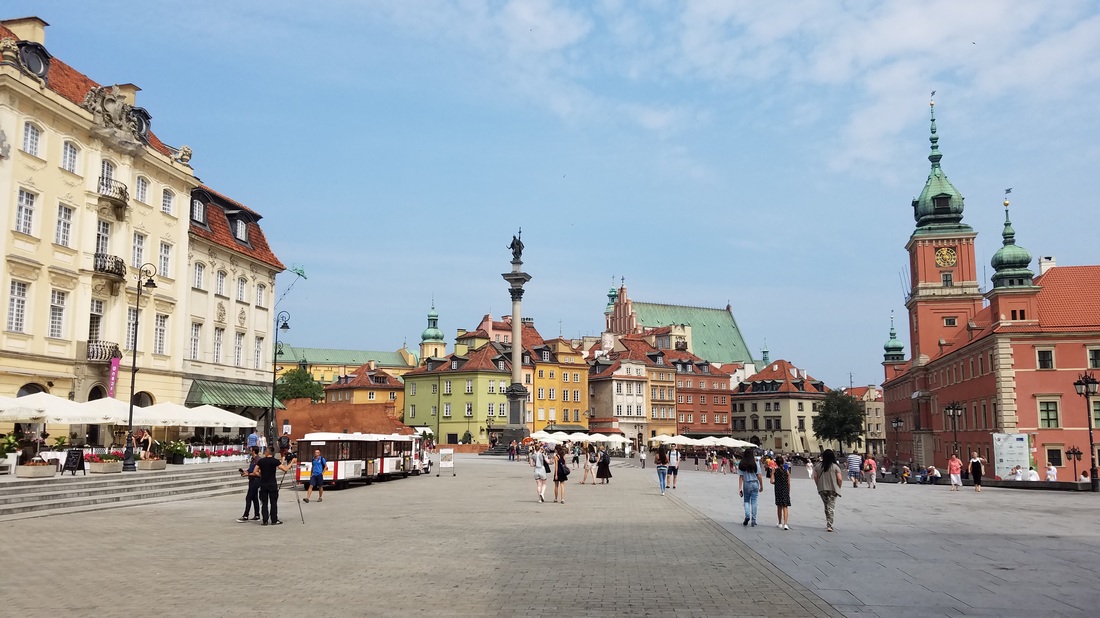
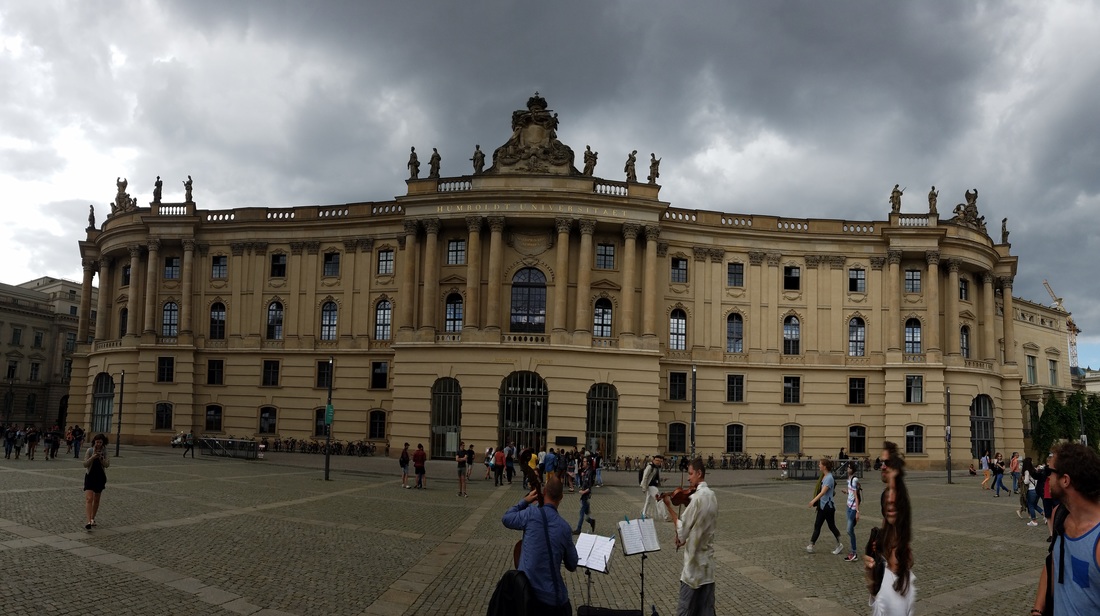
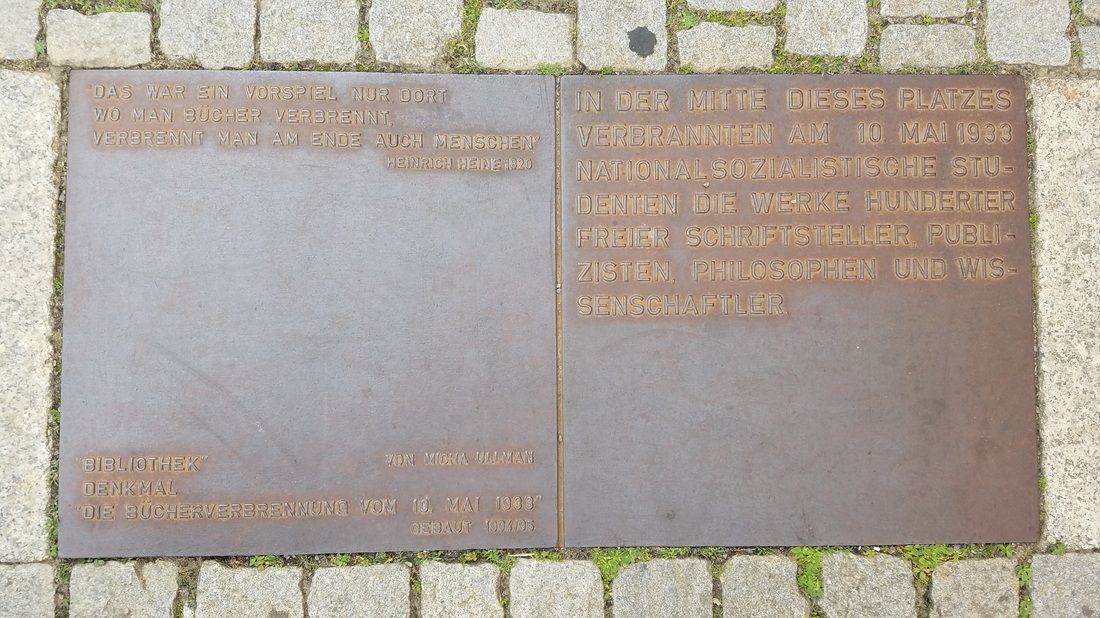
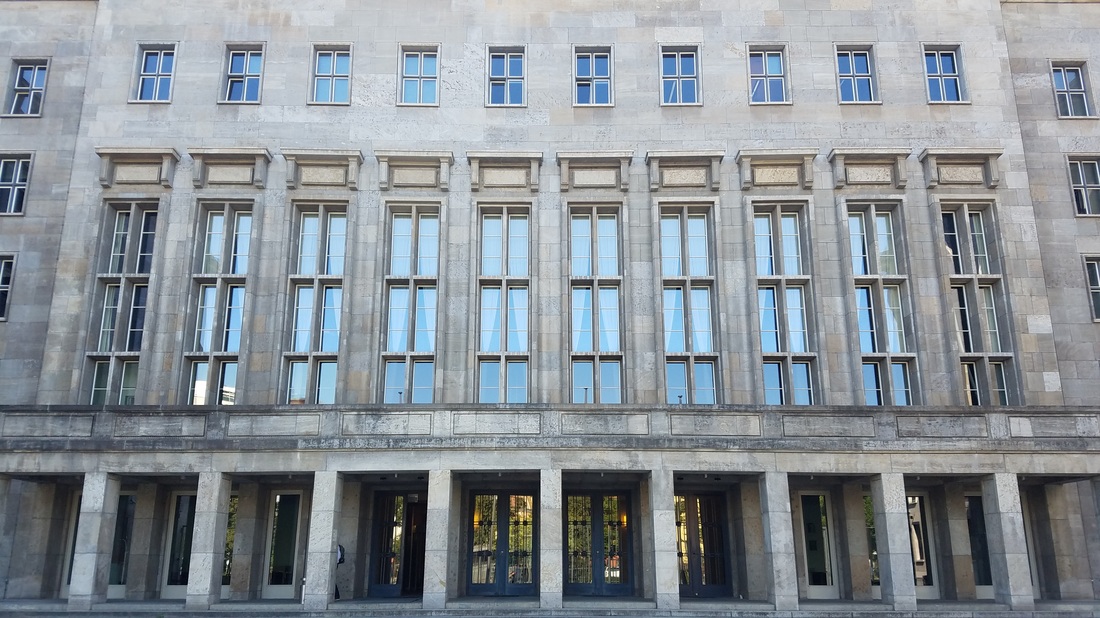
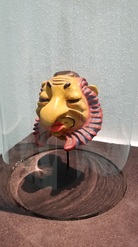
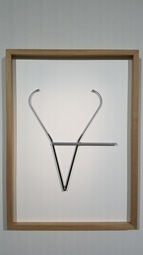
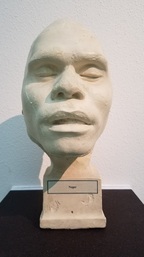
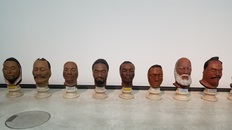
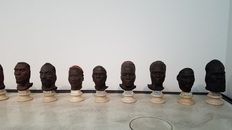
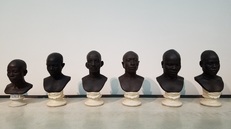
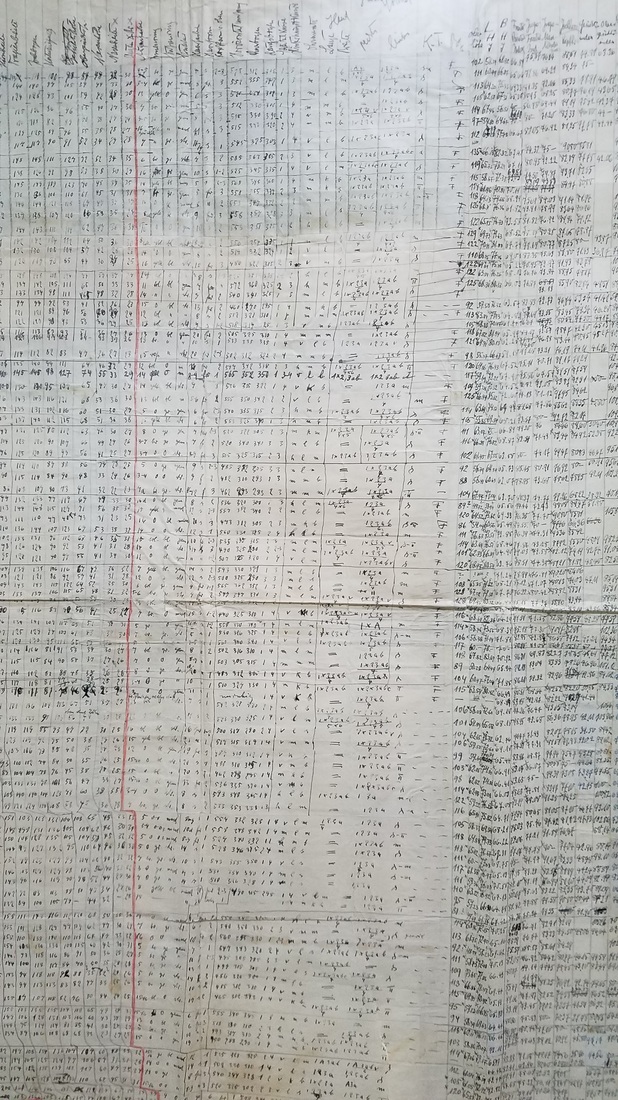
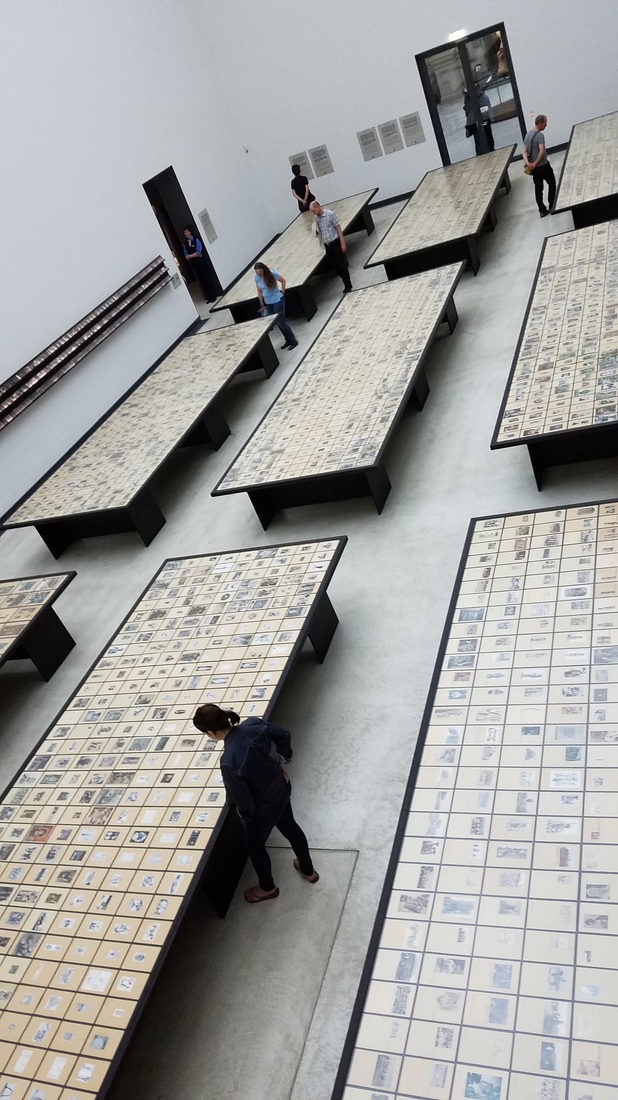
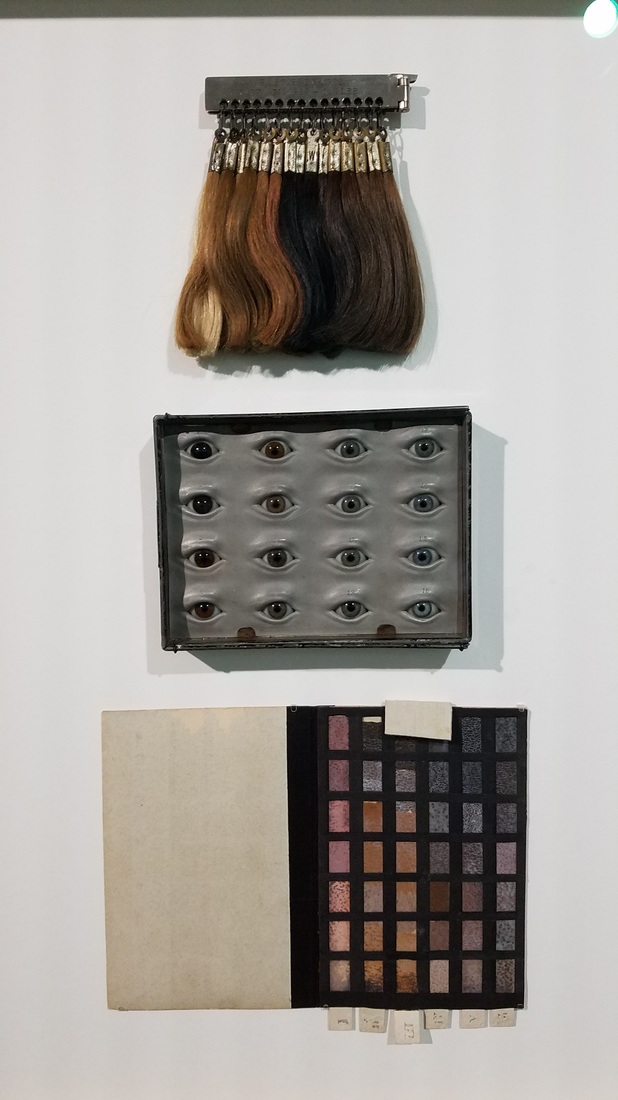
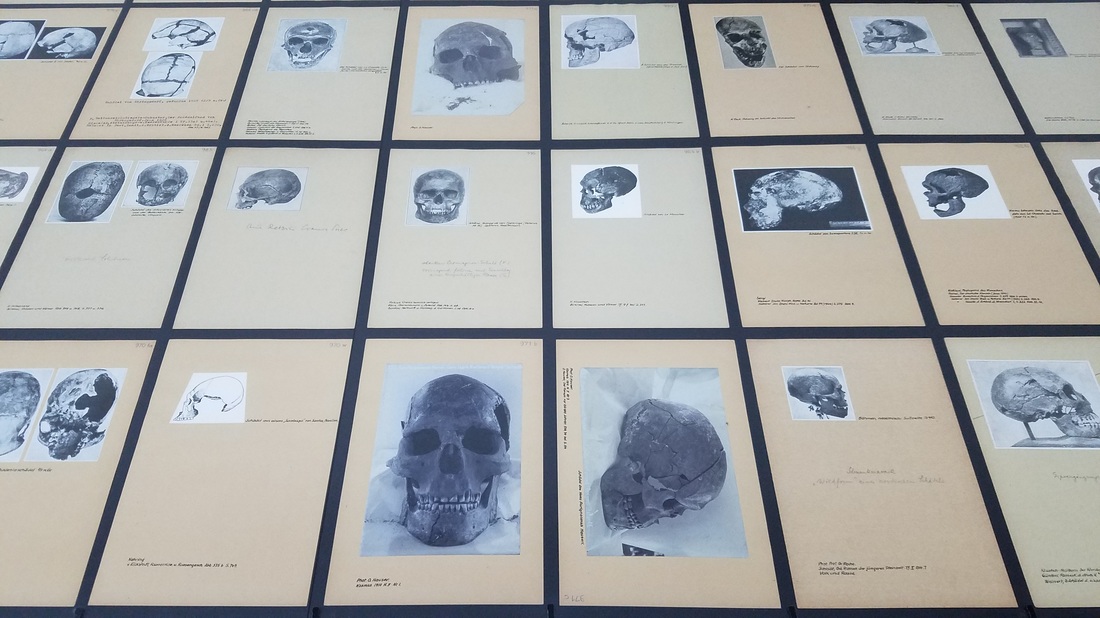
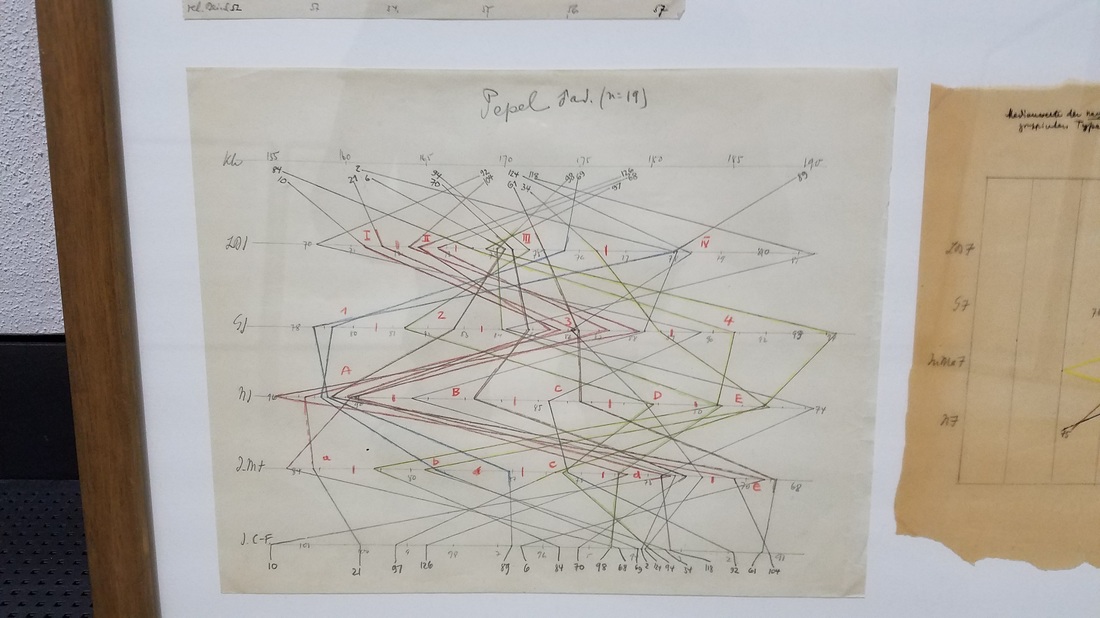
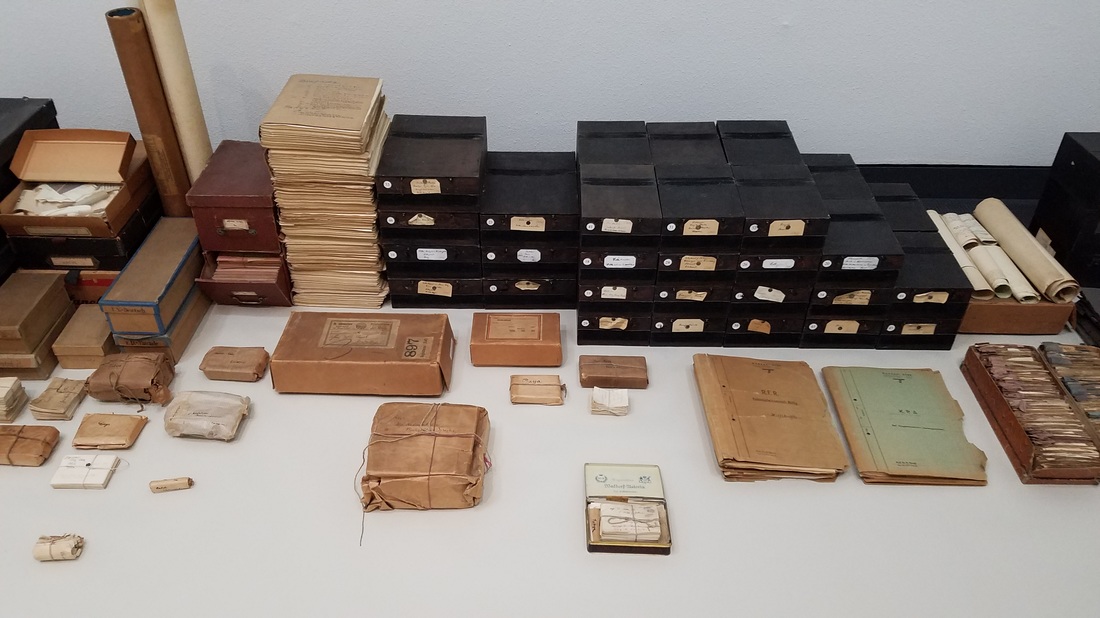
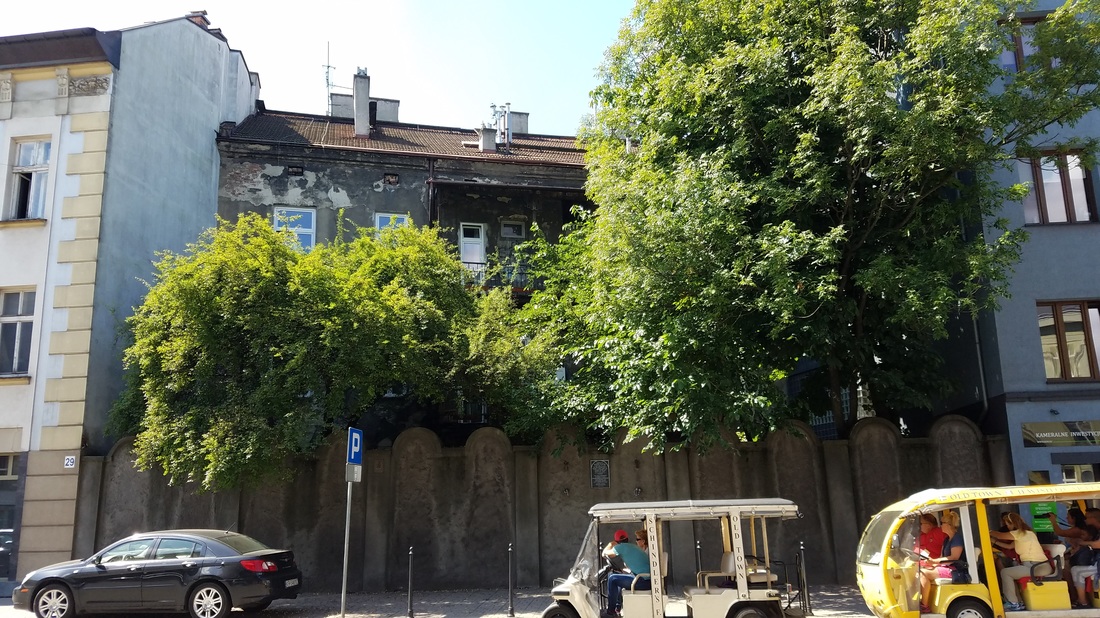
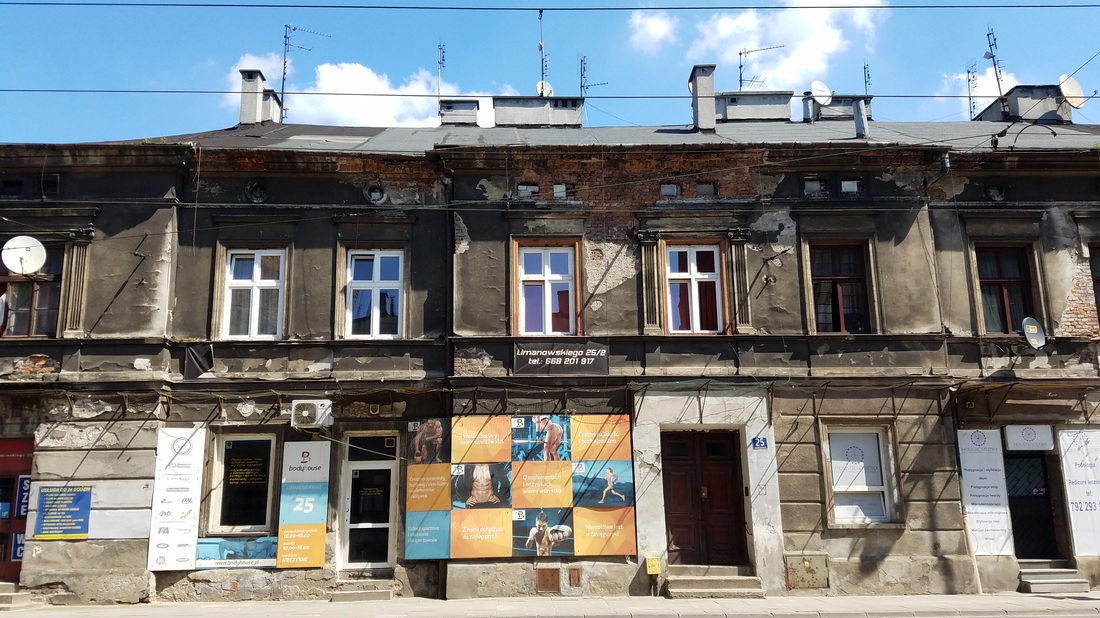
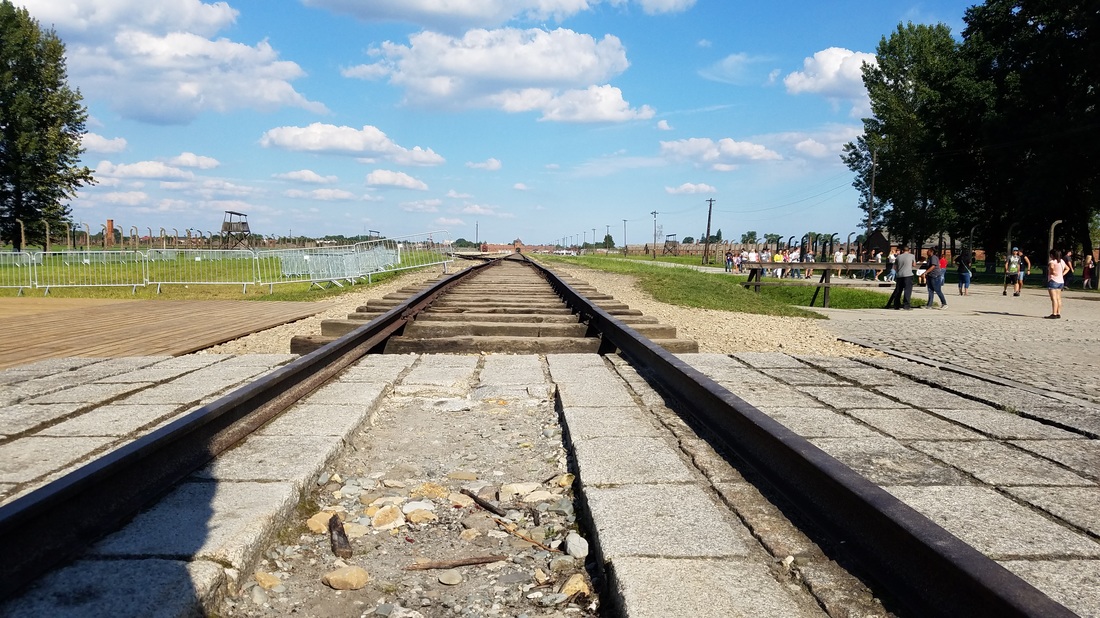
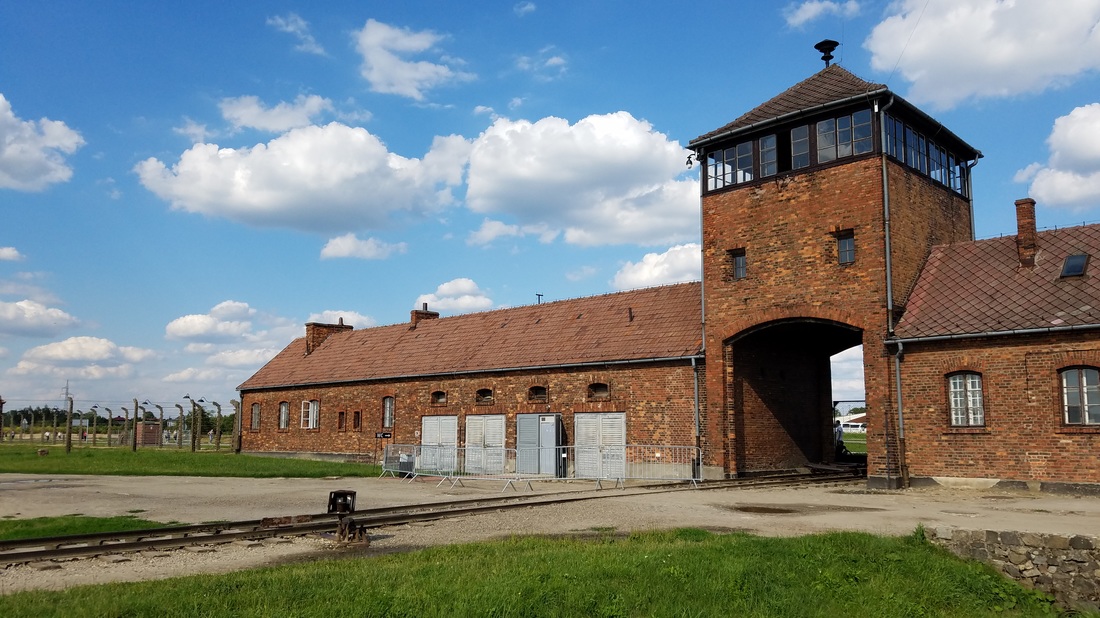
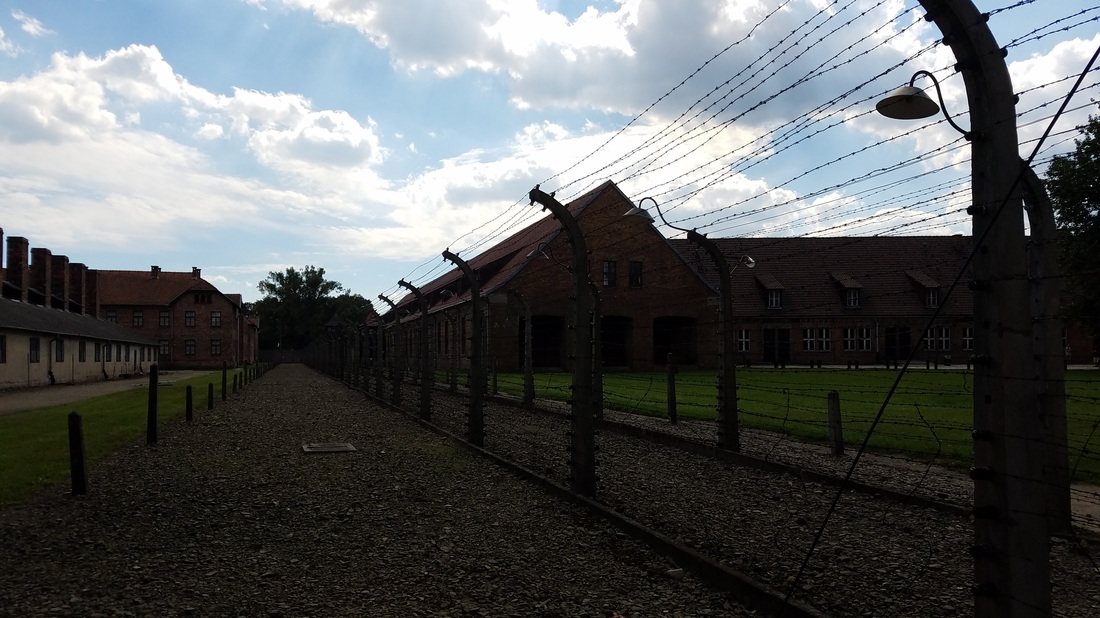
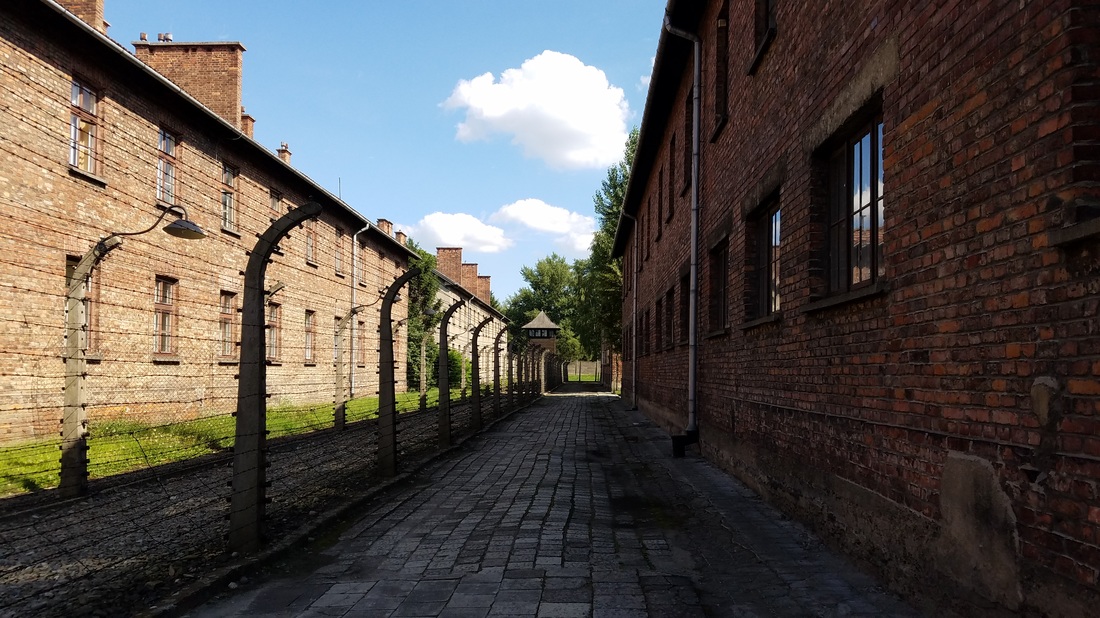
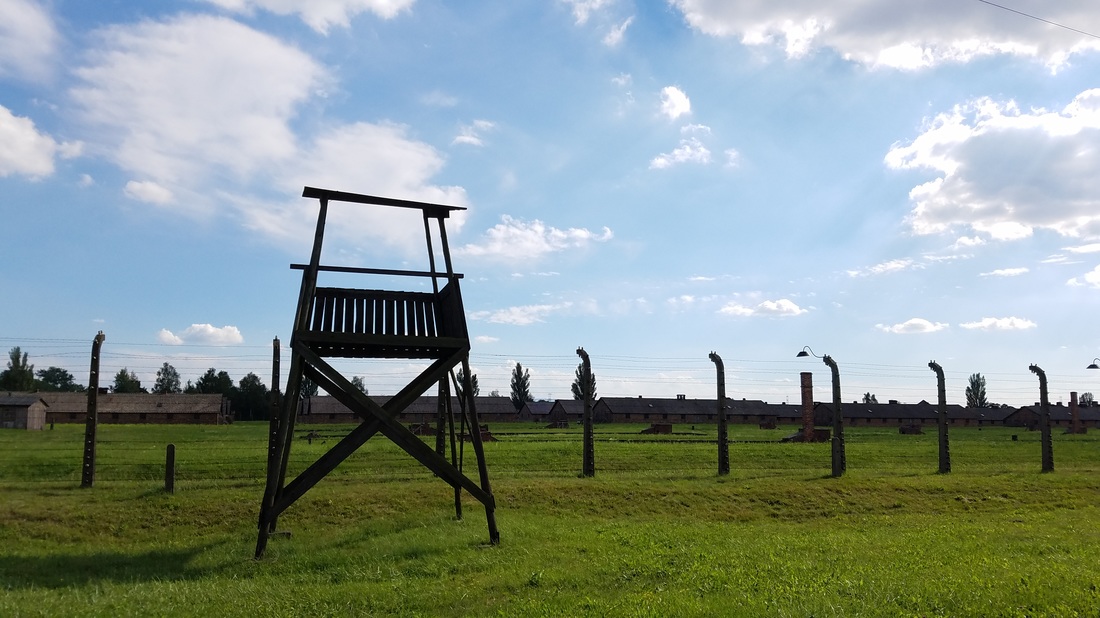
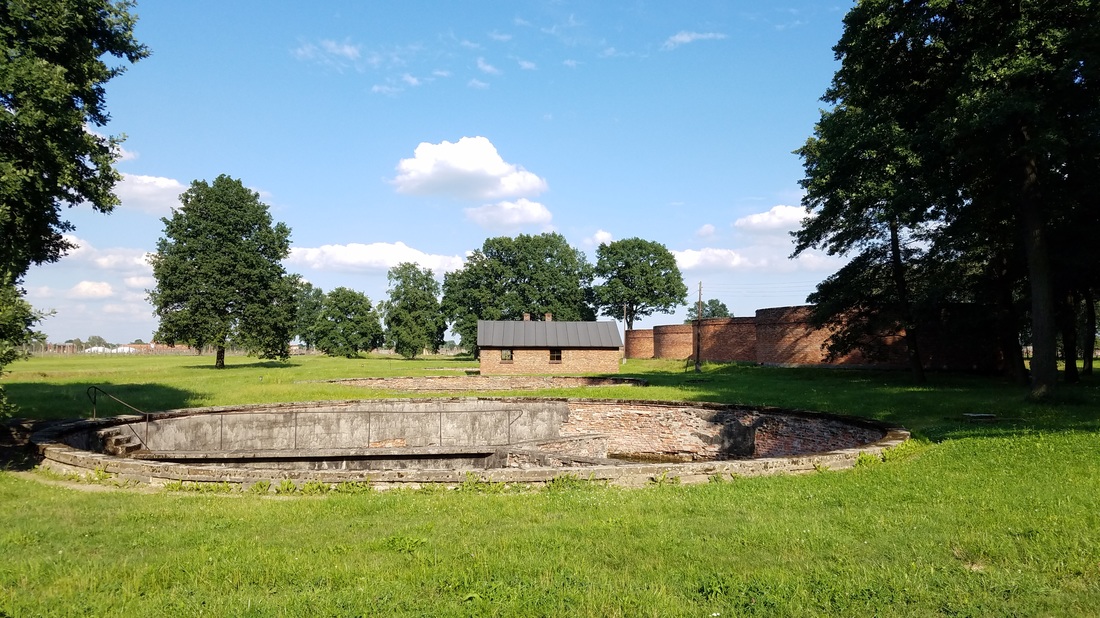
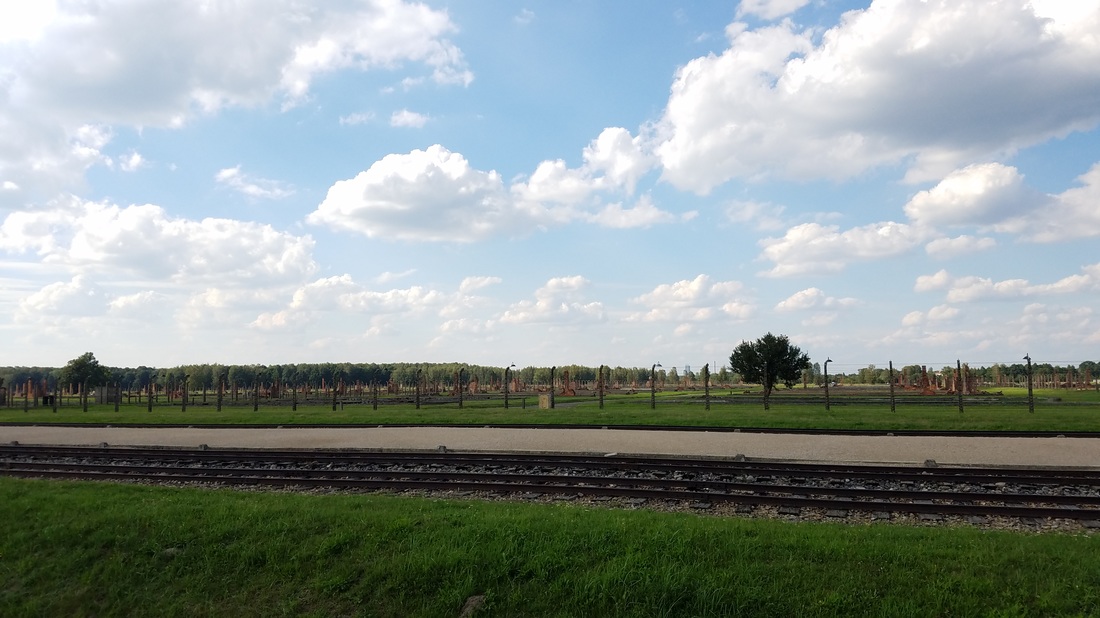
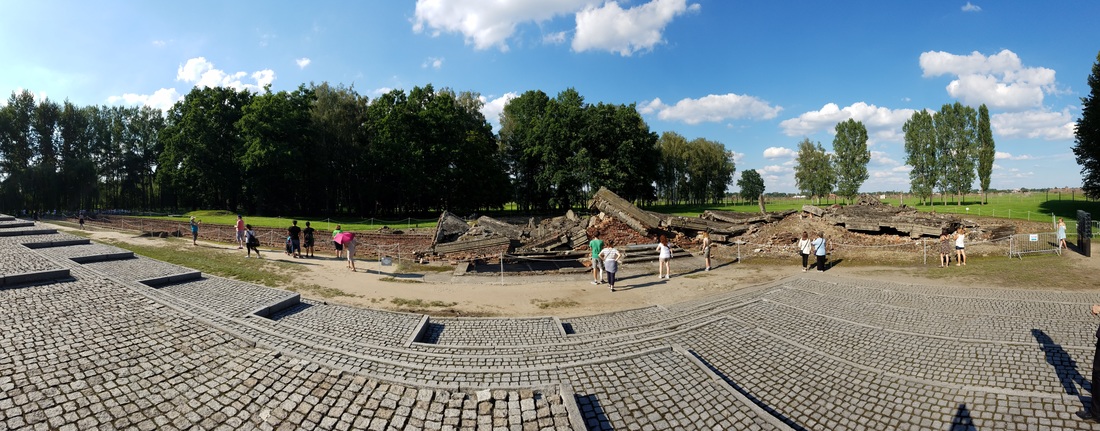
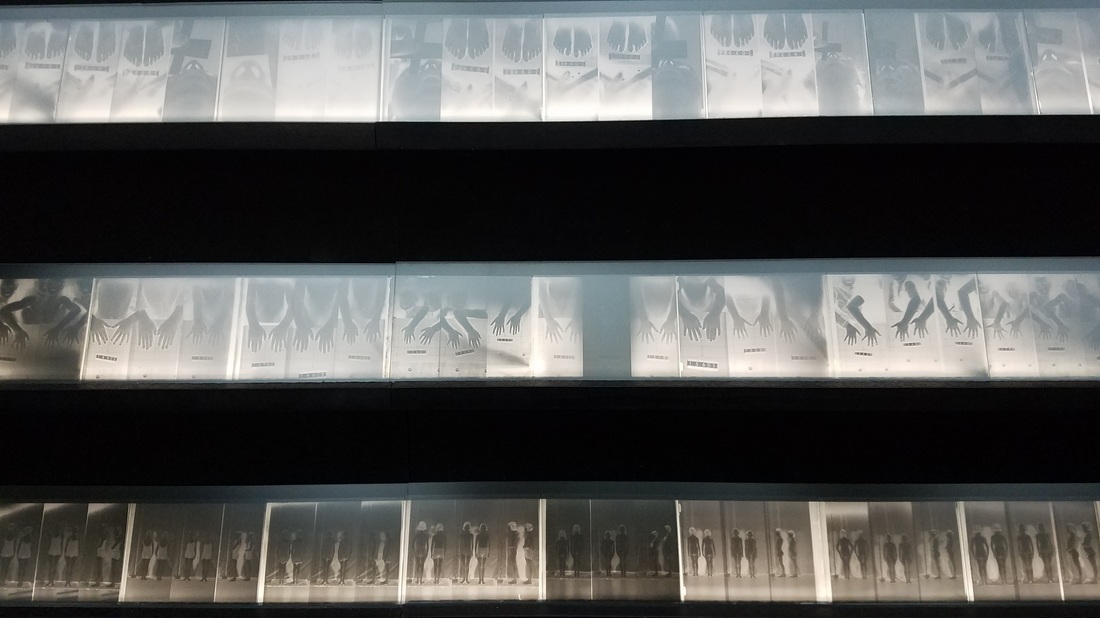
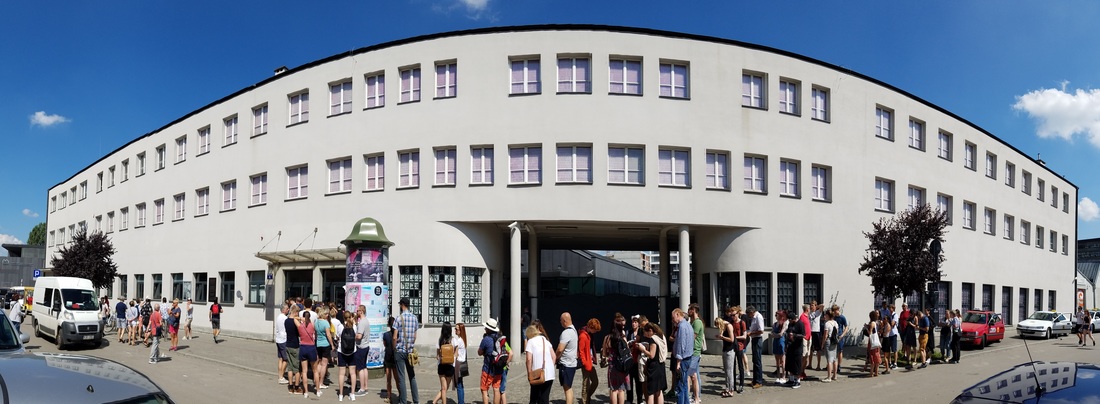
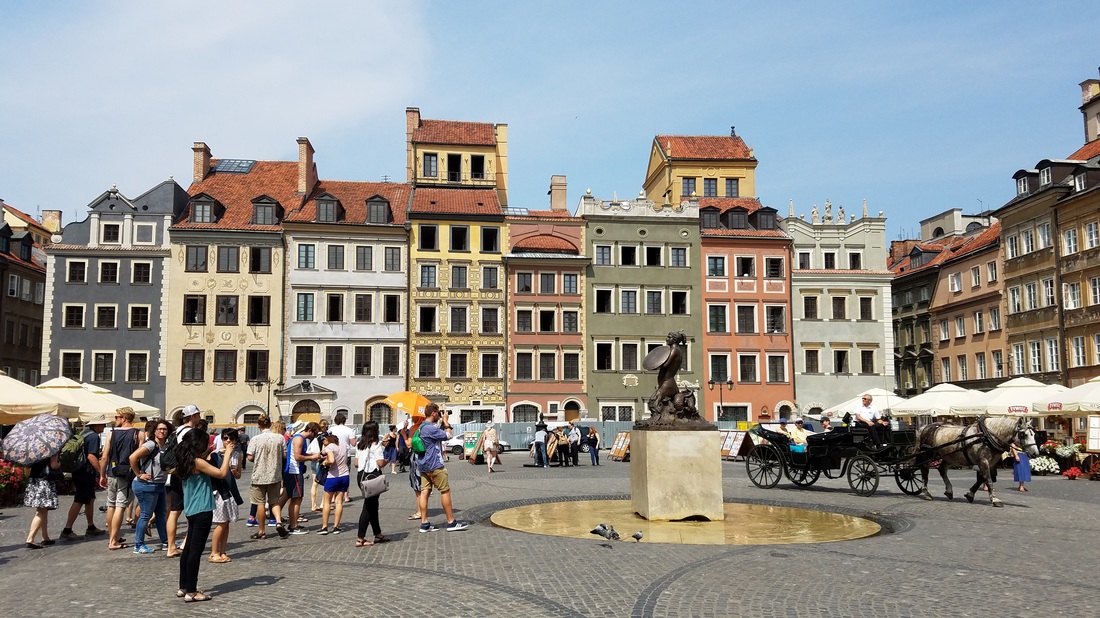

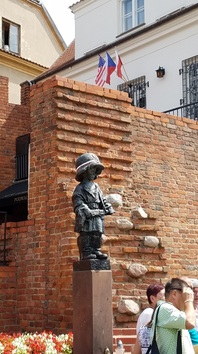
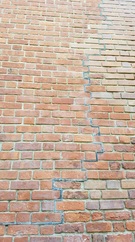
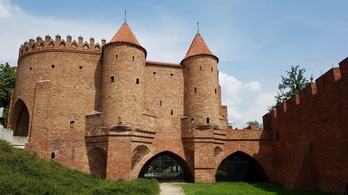

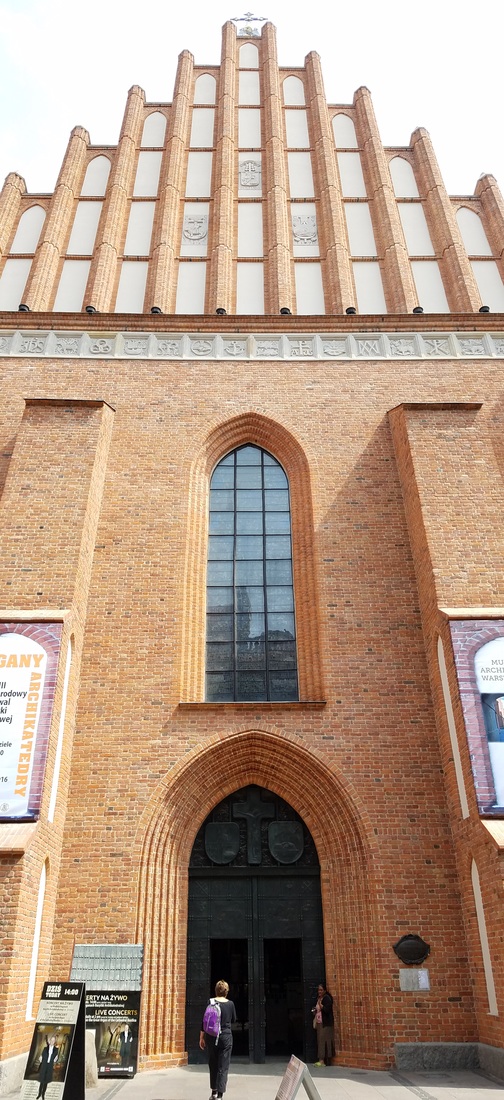
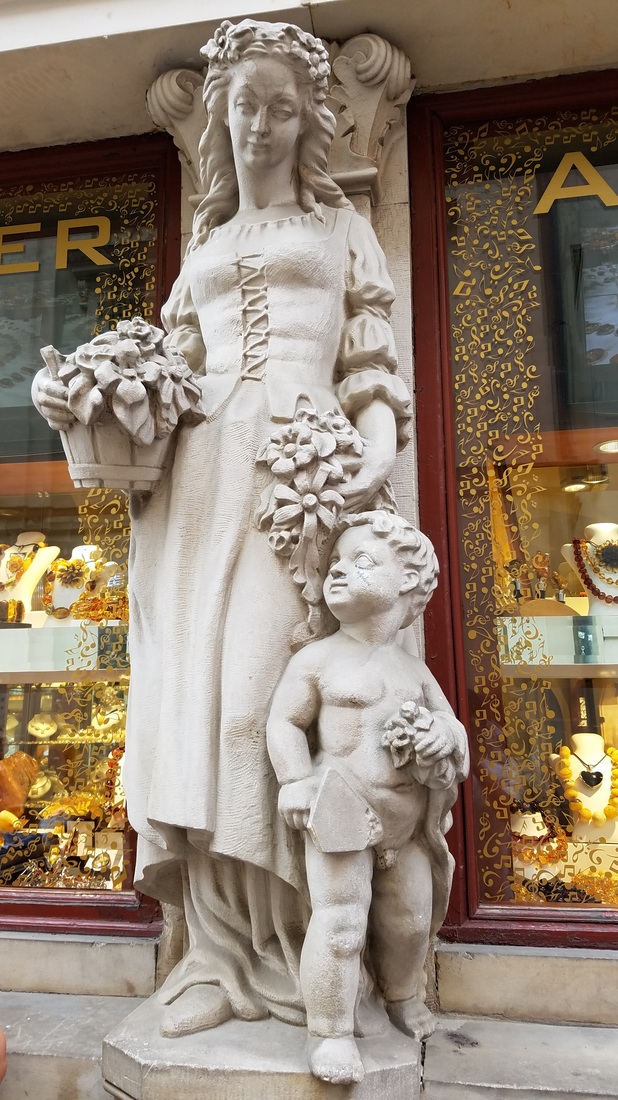
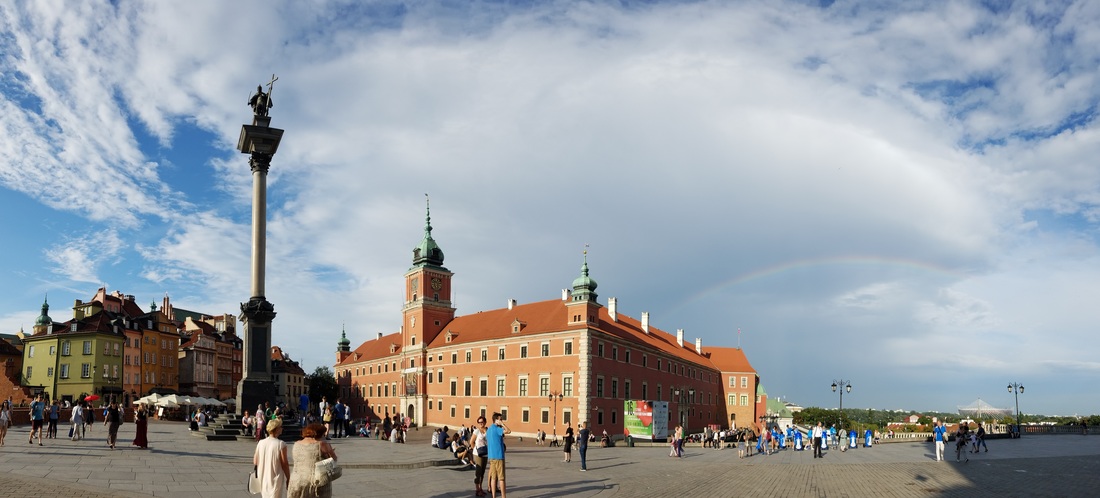
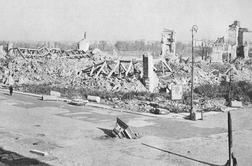
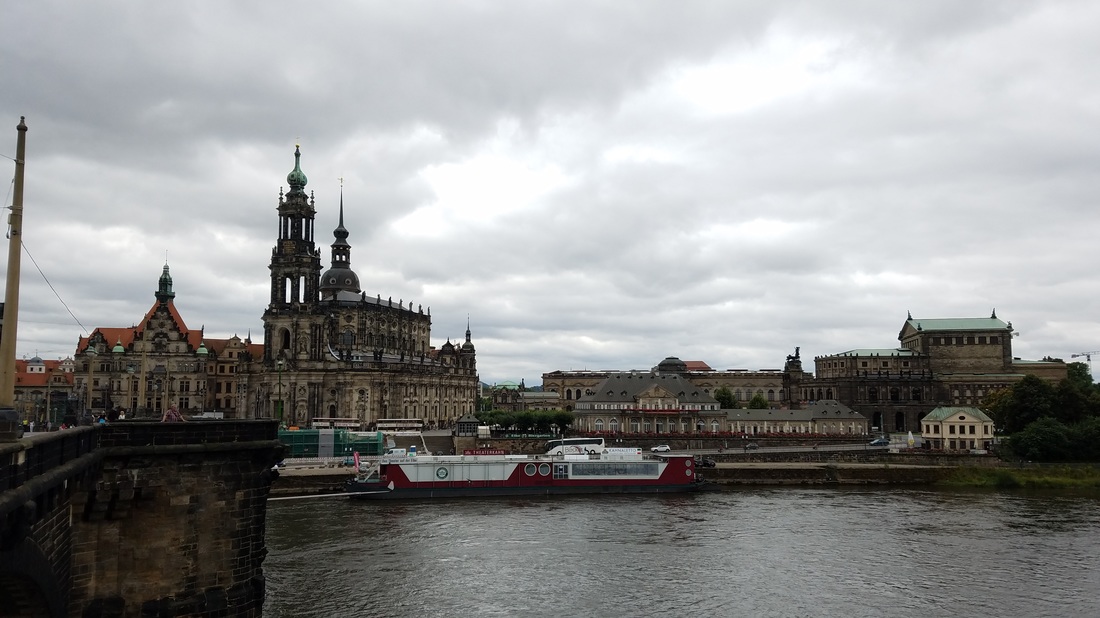
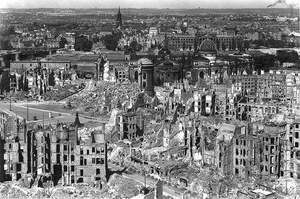
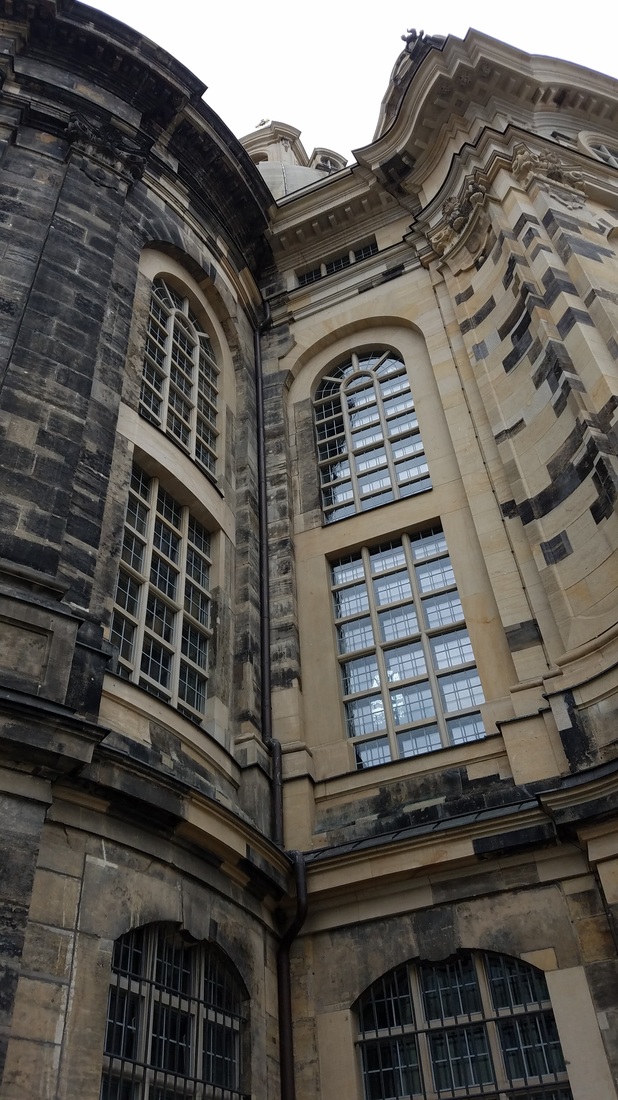
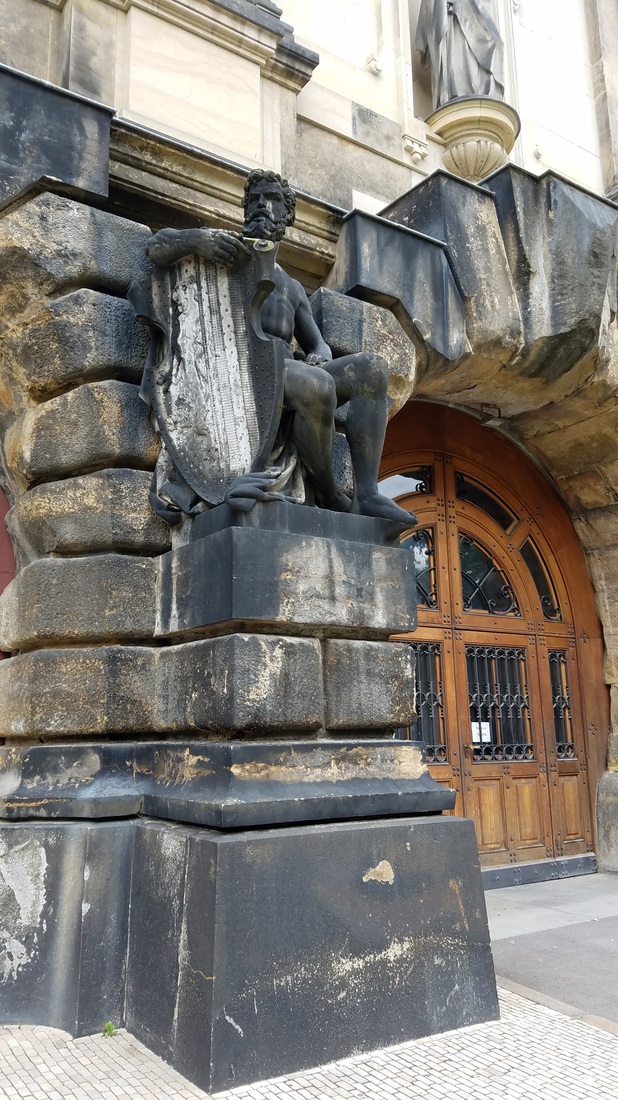
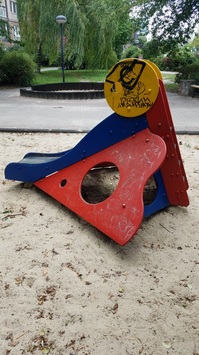
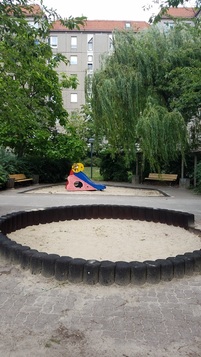
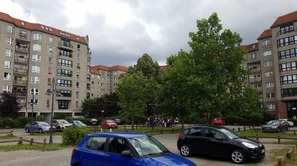
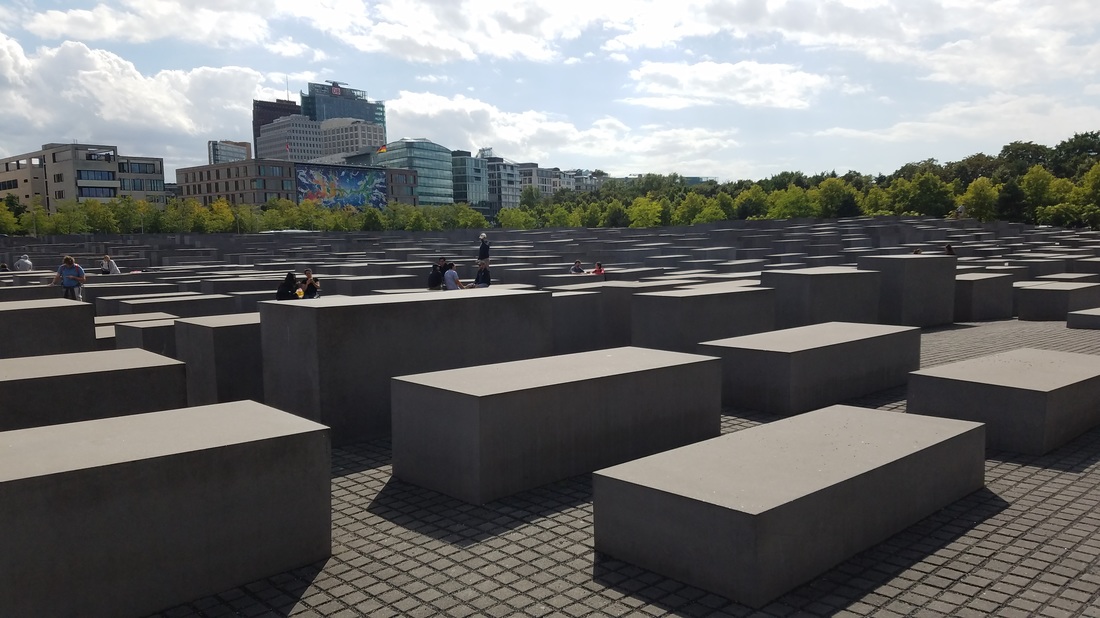
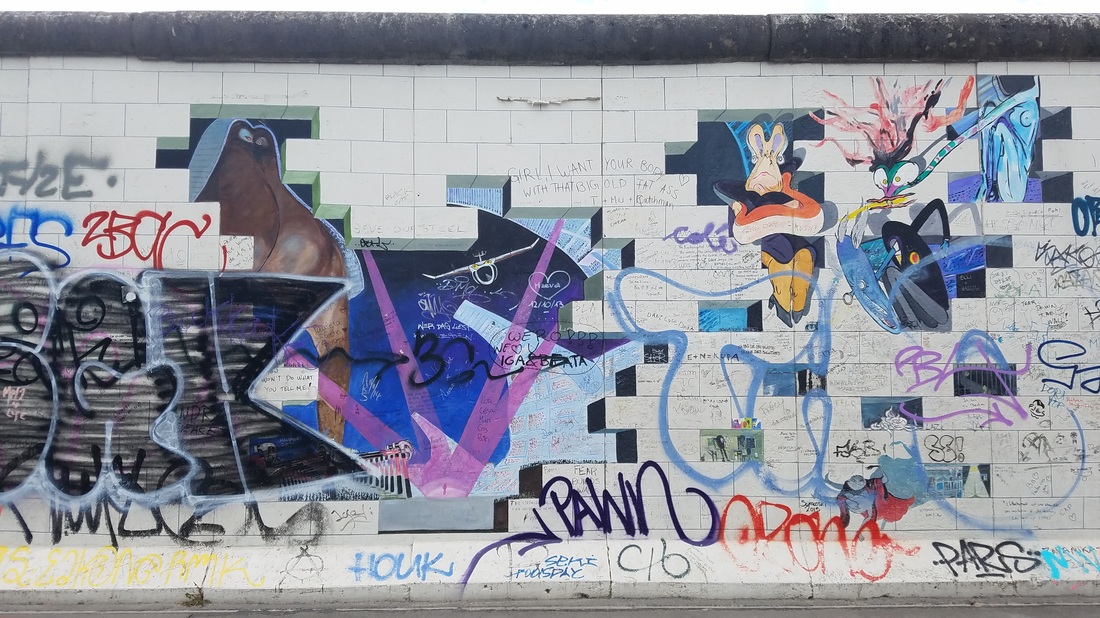
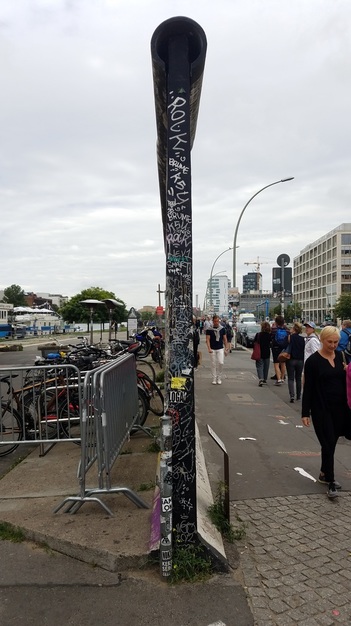
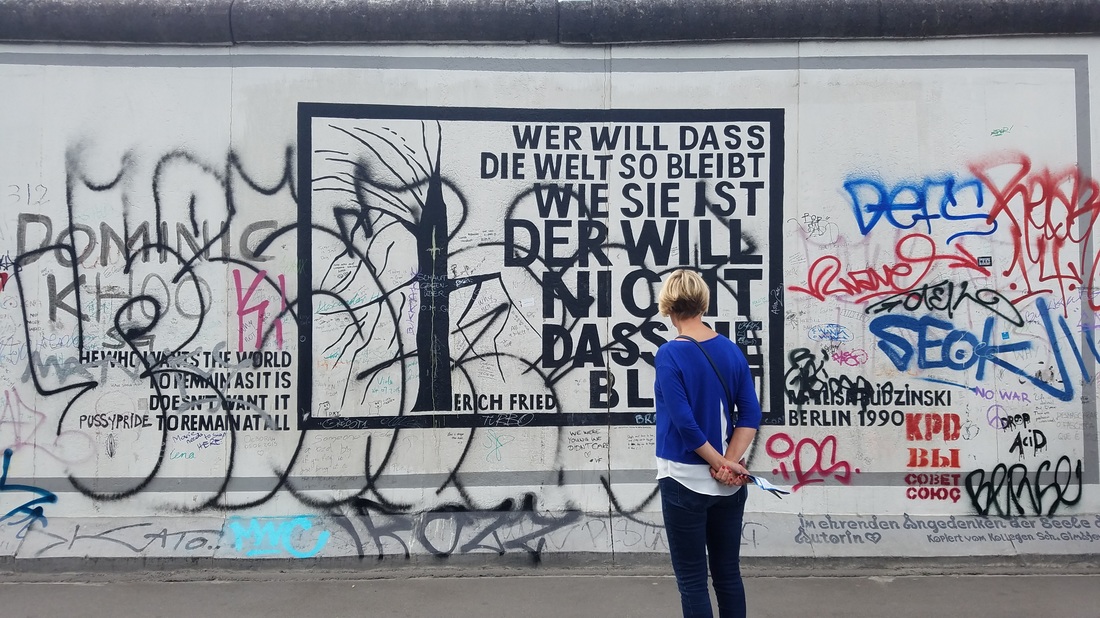
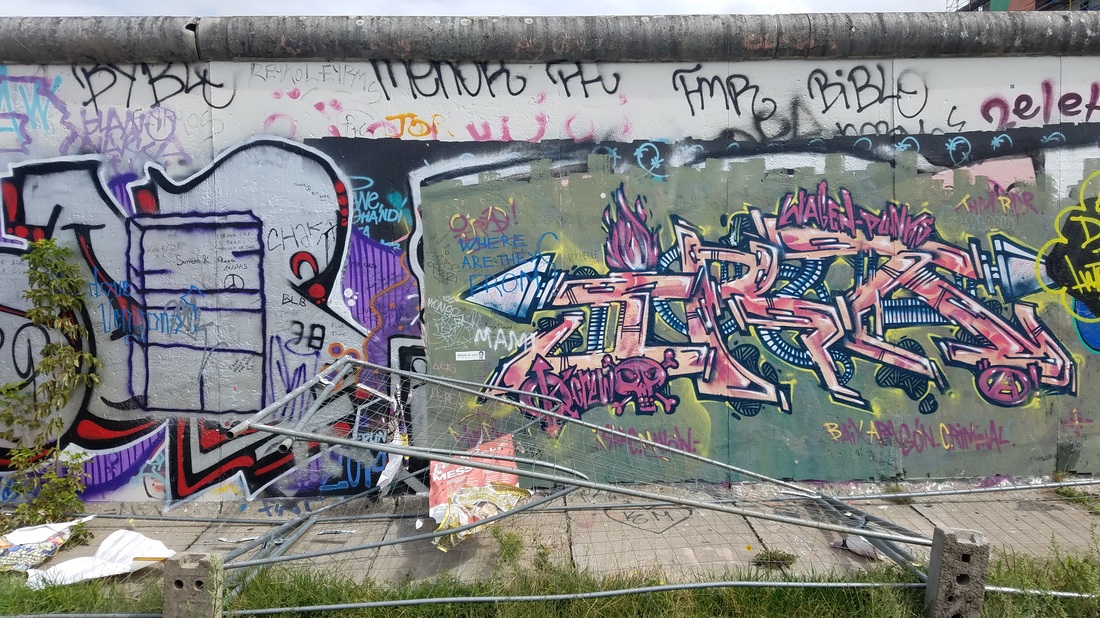
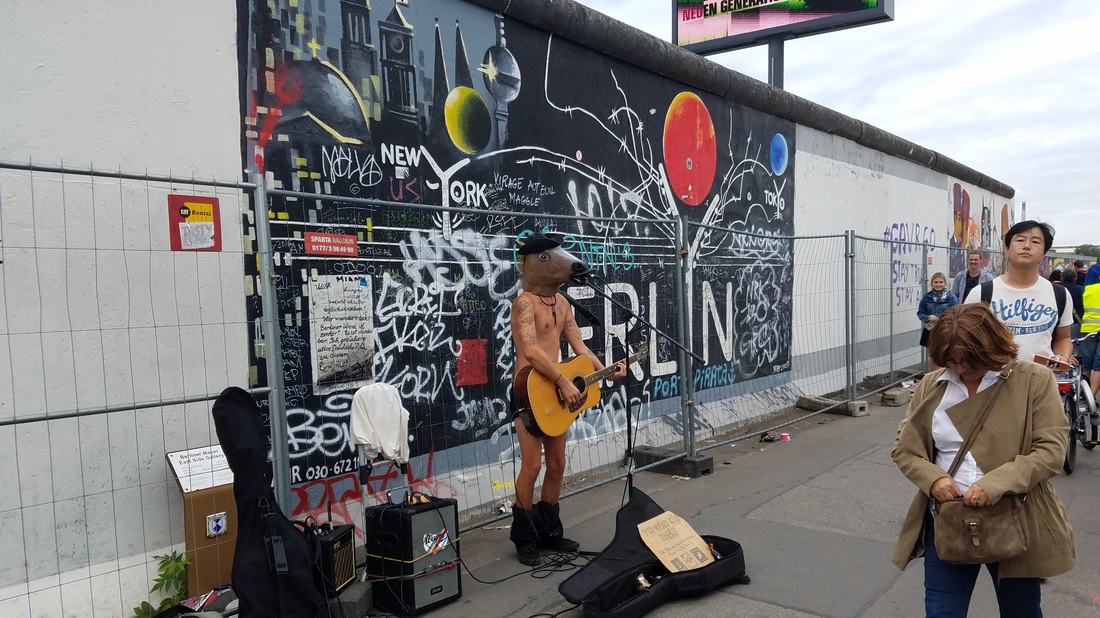
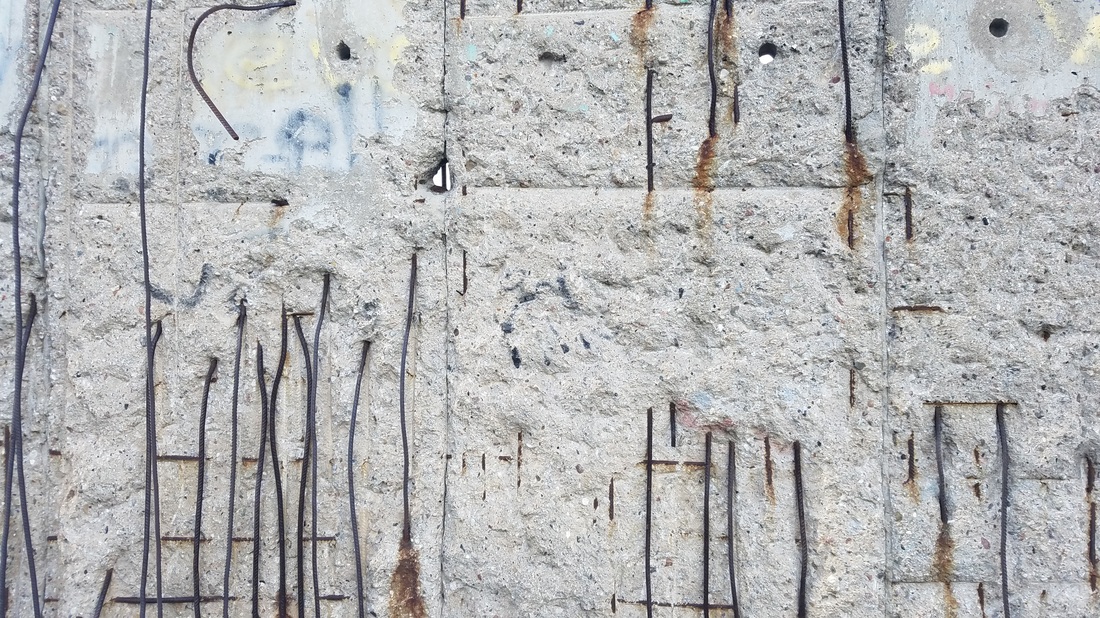
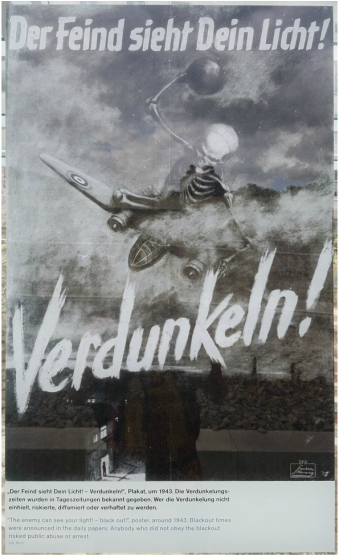
 RSS Feed
RSS Feed